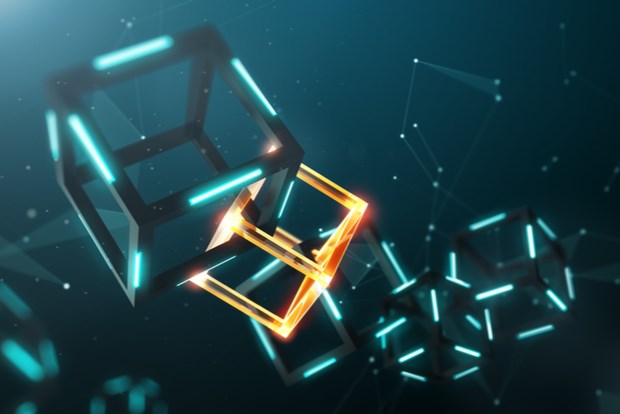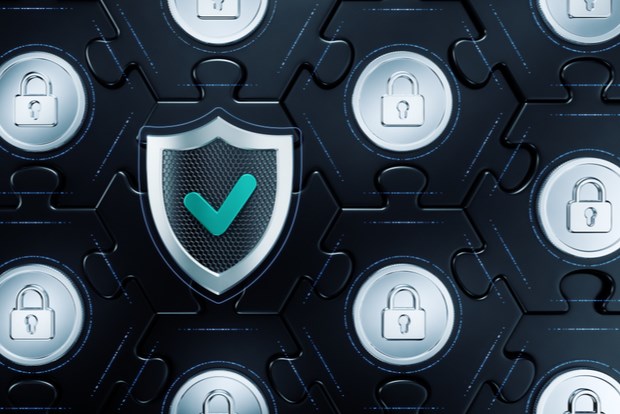Everything You Need To Know About Blockchain In IoT
The Internet of Things collects data from users and that information is used to enhance the user interface. There is a cycle involved in this process that vulnerable to theft because of data centralization and lethargic security. But only if the user data is intact, the user experience can be enhanced. According to International Data Corporation’s survey, about 90% of IoT-implemented organizations have suffered an attack on their systems by 2017. Not just the storage part needs security but the whole data cycle needs impenetrable security.
Internet of Things:

Our mobile phones only used be a device which we used to call and message people but today our phones have become ‘smart’. The capacity to convert into something smart once you’re connected to the internet is the underlying principle behind the Internet of Things. Nowadays, we use our phones to call, text, listen to music, watch videos, stream videos, share photos, read the news, play MMORPG and many more. There’s a whole cycle of data being received and given behind-the-scenes.
We have to preserve the integrity of the information throughout its cycle to generate proper responses and experience for the user. Blockchain would perfectly suit the role of protecting the information.
Blockchain Technology:

The bitcoin culture generated Blockchain technology to create a decentralized system that is tamper-proof and trustless. The word ‘trustless’ in this sense is used to denote that the trust is not placed in a single location but distributed across many devices around the world. Blockchain in the cryptocurrency department, records and processes transactions. Every major company such as Facebook, Airbnb, and Uber have their data stored on a centralized platform. This kind of setup makes it vulnerable to theft. A blow to the central system will crash the app all over the globe. In our lifetime, we have come across many such crashes and thefts which has led to scandals and lawsuits. The success of IoT depends on the security and integrity of the data and the use of Blockchain technology can revamp the IoT industry.
Present IoT State:

Largely, the IoT and other technologies are dependent on centralized, brokered communication model. In simple terms, it is called a server/client communication model. The cloud servers connect, identify and authenticate all the device that is in the IoT set up. These servers are powered with enormous storage and processing capacity. This kind of system incurs a large infrastructure and maintenance cost due to large server farms and networking equipment. All the systems are connected through this centralized system and when the need arises to scale up, we hit a blockade. The number of devices is directly proportional to the number of communications that occur. So when the number of devices of IoT increases we need more processing power to tackle the number of communications that occur that in turn provokes the need to scale up which is not possible in a system that is designed to handle small networks.
There is an absence of a single platform that connects all devices. And the diversity of ownership of devices and cloud services make communication harder. Sometimes the cloud services are found to be incompatible with the devices.
IoT Network Decentralization:

A sustainable solution to the server/client system is to shift to a peer-to-peer communication model. In this type of model, we do not have to install and maintain servers. So, the infrastructure and maintenance cost is cut down.
The processing and storage are distributed across a million IoT devices. Therefore, there is no centralized system attack that will bring down the network. For a peer-to-peer system to work we need to enable peer-to-peer messaging, distributed file sharing, and autonomous device coordination. For this way of communication to work, we have made it tamper-proof and prevent spoofing. This is where Blockchain will prove to be effective. By using blockchain in IoT, we can scale up easily in a sustainable way.
Blockchain in IoT:

Since the blockchain ledger is decentralized, a central failure cannot occur. The storage and processing power is spread across many devices, we do need to go to the traditional client/server way to communicate. The maintenance cost and server installation cost is saved and the scalability factor comes into play which makes blockchain the most sustainable option.
Since blockchain uses cryptographic algorithms, the systems are immune to attack and theft, making it highly secure. This ensures that man-in-the-middle attacks do not happen because they cannot steal a single thread of communication. The central authority becomes obsolete since the blockchain in IoT will keep a safe and secure history of all devices. The combined efforts of blockchain and IoT will even be able to do financial transactions without the need for a centralized authority.
For further information about blockchain and its spectrum of functionality, you can always go to the experts to know more or attend Blockchain Training classes.



























Post a Comment